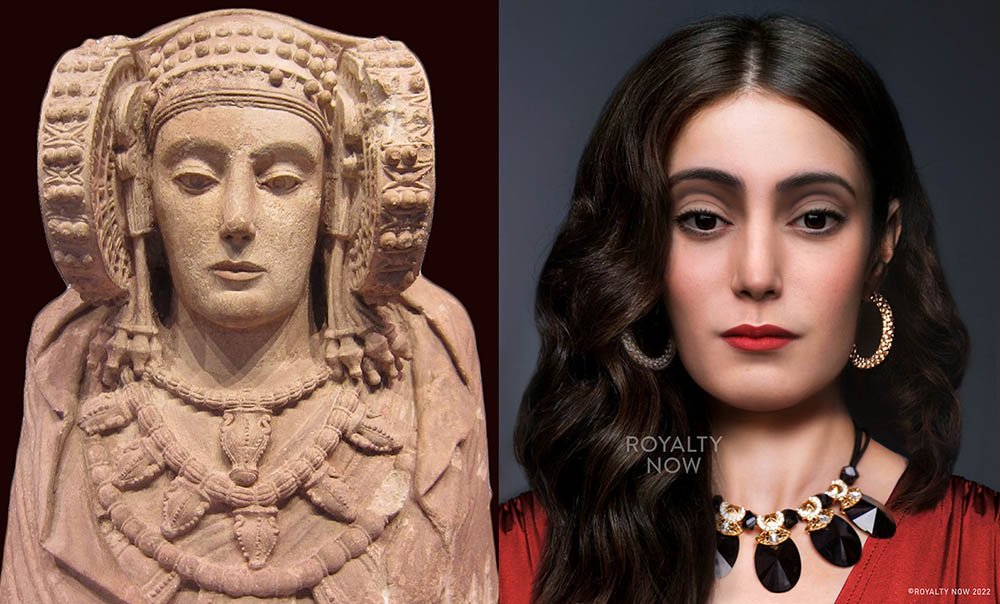The Lady of Elche has always fascinated me, with her interesting headdress and delicately carved face. It turns out the statue is quite mysterious as well. Discovered in 1897 at a private estate south of Elche, Spain, it is generally thought to be an Iberian artifact from the 4th Century BC. However, the artisanship doesn’t quite match up with other Iberian artifacts from that period. She is believed to be a goddess, Tanit, who was worshipped by the Punic-Iberians in ancient times. However, the sculpture’s design and style suggests some Hellenistic influences. Originally, the bust was brightly painted, with reds, blues and yellows.
The mysterious nature and inability to quite place it in Spain’s history have stirred up speculation that it is a forgery. However, more and more discoveries of other artifacts in recent years have all but proved this false. The Lady of Elche was actually the first Iberian sculpture discovered that was brightly painted, which originally made it stand out, but recent discoveries show that that was not uncommon after all. The trace pigments on the statue are consistent with ancient materials and paints.
Conspiracy theorists have even said that it is a lost Atlantean artifact. Her “rodette” headdress could in fact be a link to the concentric circles associated with the lost city.
There is an interesting hole in the back of the sculpture, that may have originally contained human ashes. This led scholars to conclude it was likely a funerary urn. Whether or not it was intended to represent the deceased human however, is up for debate. Still a fun one to work with!
Left image: Public domain


